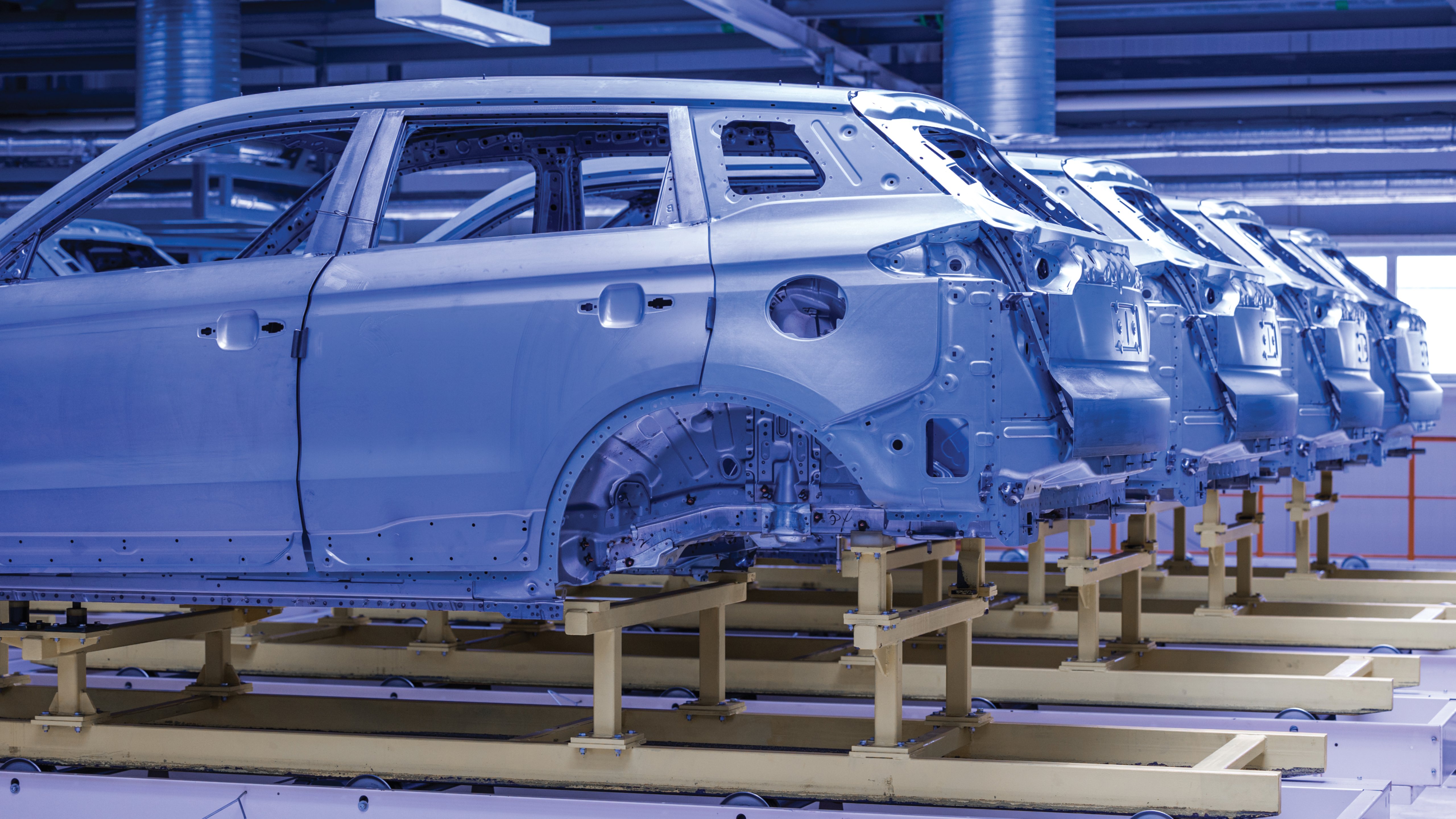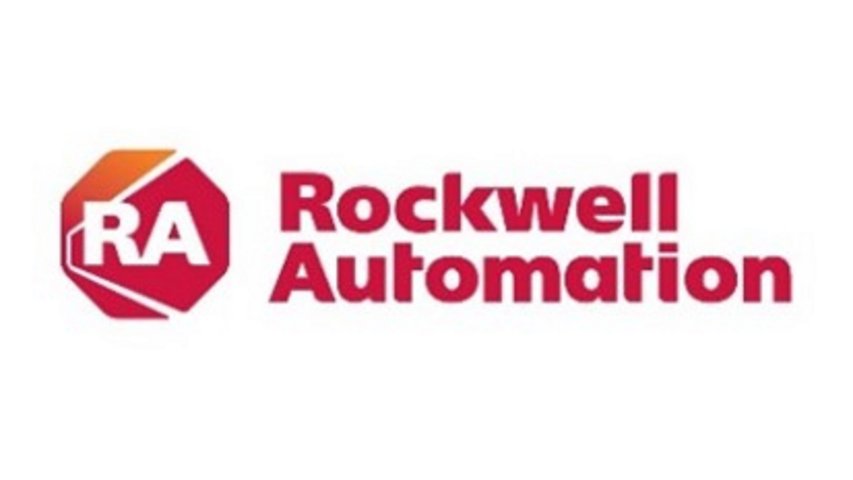The industrial digital thread comprises several interconnected threads, each forming a seamless flow of data that weaves together business processes, systems, products and equipment across the value chain.
This increased connectivity stretches from ideation to product development, through manufacturing, supply chain and service, and closes the loop by integrating feedback from later design stages, operations and customers with products in the field.
Each stage can reuse data from earlier stages, improving operations and efficiencies — so that the virtual improves the physical.
Our model focuses on the importance of closing digital gaps for a complete, uninterrupted flow of information from product design, through to manufacturing and distribution. Linking compatible product lifecycle management (PLM), enterprise resource planning (ERP) and manufacturing execution systems (MESs) into one single thread of information allows for compounding gains on investment, with each successive investment making each capability more powerful. Businesses can be more cost-effective and operate with lower costs, but the true differentiator here is speed.
It’s important to be aware of current trends, but it’s just as important to be prepared for the unexpected. Electrification has been a paradigm shift, and both drivetrain and battery development have accelerated. This has not only changed the product consumers expect, but also the flexibility manufacturers demand from their process and equipment.
Add to this global supply chain uncertainties and the value of strong change management and the ability to design, develop and order replacement parts rapidly becomes clear.
A complete digital thread can support accelerated rates of change to product and process to get a step ahead of competitors while also supporting operations to decrease error rates or wastage.
Ready for the Unexpected
Enabling the digital thread can make automotive manufacturers and suppliers more agile than their competitors. Unexpected global events that were once great risks to a business’ outlook can become their greatest opportunity. The speed at which planning, design and execution decisions can be made increases exponentially, making change your greatest friend and giving you a head start over competitors.
Organizations need a partner that has the tools and know-how to identify and implement a digital thread strategy that goes beyond a patchwork of improvements and uses complementary solutions to produce a coherent, complete digital thread across the whole value chain.
It’s important to close digital gaps and build a complete thread. The challenge is identifying how to balance immediate benefits with a long-term approach to closing digital gaps that leaves your business in a position to lead the pack five years from now.
Kalypso: A Rockwell Automation business, helps companies bring digital solutions to product problems. Whether it’s weaving a digital thread from product ideation all the way through manufacturing and service, or advancing operations from automation to autonomy, Kalypso specializes in improving what’s being made and how it’s made. Kalypso serves the largest names in the discrete, hybrid and process industries, around the world.




